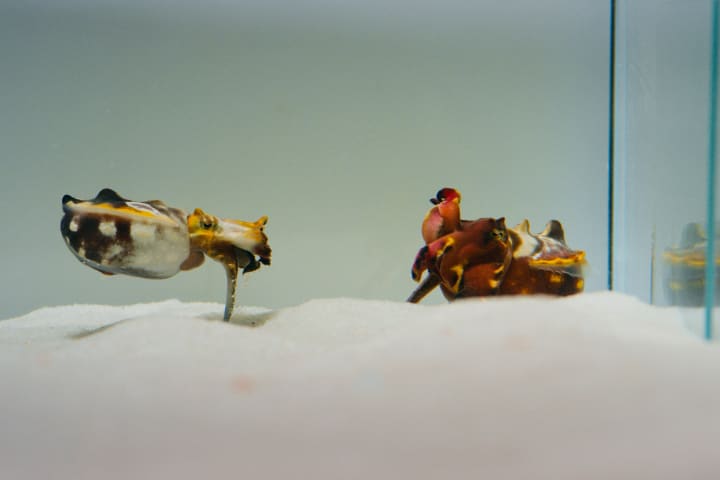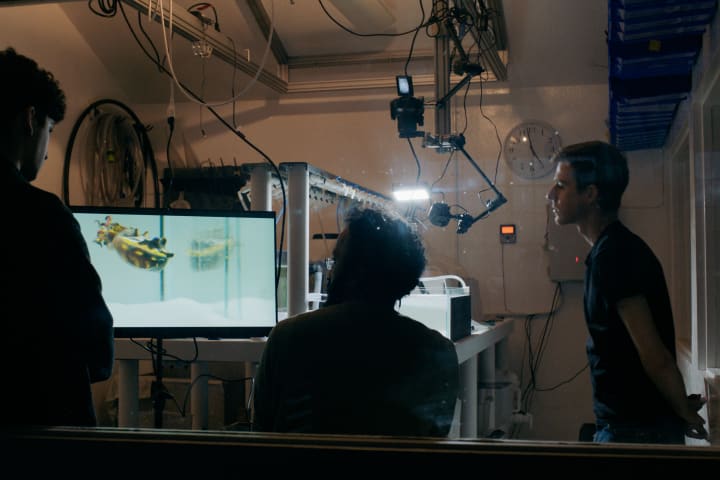IDEA SET
IDEA SET
Learning Package: Defamiliarize the Familiar
Learning Package: Defamiliarize the Familiar
This learning package introduces the wonder learning strategy of Defamiliarizing the Familiar to inspire wonder around familiar things. Learn how to observe familiar things in new ways by using tools to notice differently, making space to observe, and allowing surprise to inspire questions.
Grades
4 - 12
Subjects
Biology, Storytelling, Experiential Learning, Photography

This is part 2 of 3 in the Defamiliarize the Familiar Learning Package. Explore more WonderLab Learning Resources.

Defamiliarize the Familiar: Engage and Explore
Learn how to ignite a true sense of wonder in your students, as they ask questions and seek answers about familiar things in the world they live in by observing them in new ways. Watch the video, I Wonder: Defamiliarize the Familiar, and pay attention to how Anand and his team display the attitudes, skills, and knowledge of the explorer mindset to observe cuttlefish behavior in new ways.

Defamiliarize the Familiar: Learn by Doing
How do you create the conditions for your learners to defamiliarize familiar things and encourage wonder? Learn how to observe familiar things in new ways by using tools to notice differently, making space to observe, and allowing surprise to inspire questions.

Defamiliarize the Familiar: Reflect and Apply
Defamiliarizing the familiar is a learning strategy that can be used to cultivate wonder in your learners. To support this wondering strategy, you can create learning environments that include physical spaces with tools to examine familiar things in new ways, and intellectual spaces that prioritize making space for observation and reflection. Use a self-assessment check to reflect on what you are already doing to support your learners, defamiliarize the familiar, and identify an area you want to improve.
Conijn, J., Rietdijk, W., Broekhof, E., Andre, L., & Schinkel, A. (2021). A theoretical framework and questionnaire for wonder-full education. Journal of Curriculum Studies, 54(3), 423-444. https://doi.org/10.1080/00220272.2021.1942992
Media Credits
The audio, illustrations, photos, and videos are credited beneath the media asset, except for promotional images, which generally link to another page that contains the media credit. The Rights Holder for media is the person or group credited.
Editor
Writer
Reviewer
Copyeditor
Producer
Graphic Design
Rights Clearance
Last Updated
April 25, 2024
For information on user permissions, please read our Terms of Service. If you have questions about how to cite anything on our website in your project or classroom presentation, please contact your teacher. They will best know the preferred format. When you reach out to them, you will need the page title, URL, and the date you accessed the resource.
Media
If a media asset is downloadable, a download button appears in the corner of the media viewer. If no button appears, you cannot download or save the media.
Text
Text on this page is printable and can be used according to our Terms of Service.
Interactives
Any interactives on this page can only be played while you are visiting our website. You cannot download interactives.
